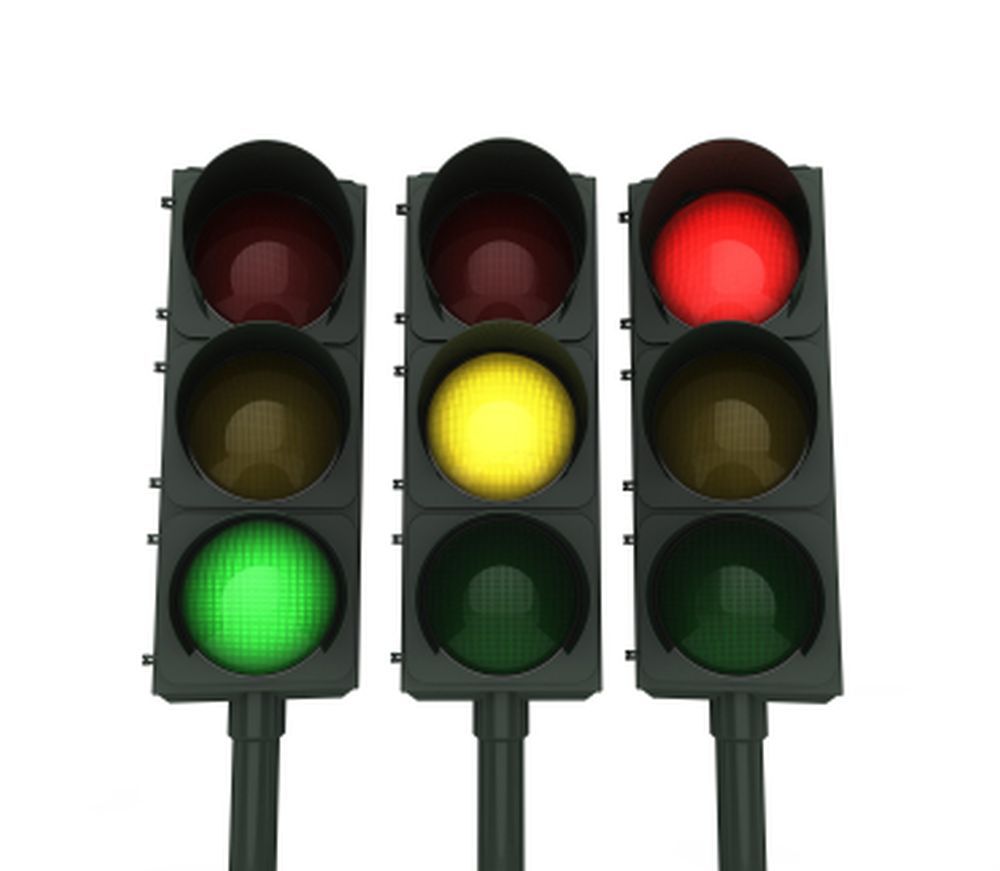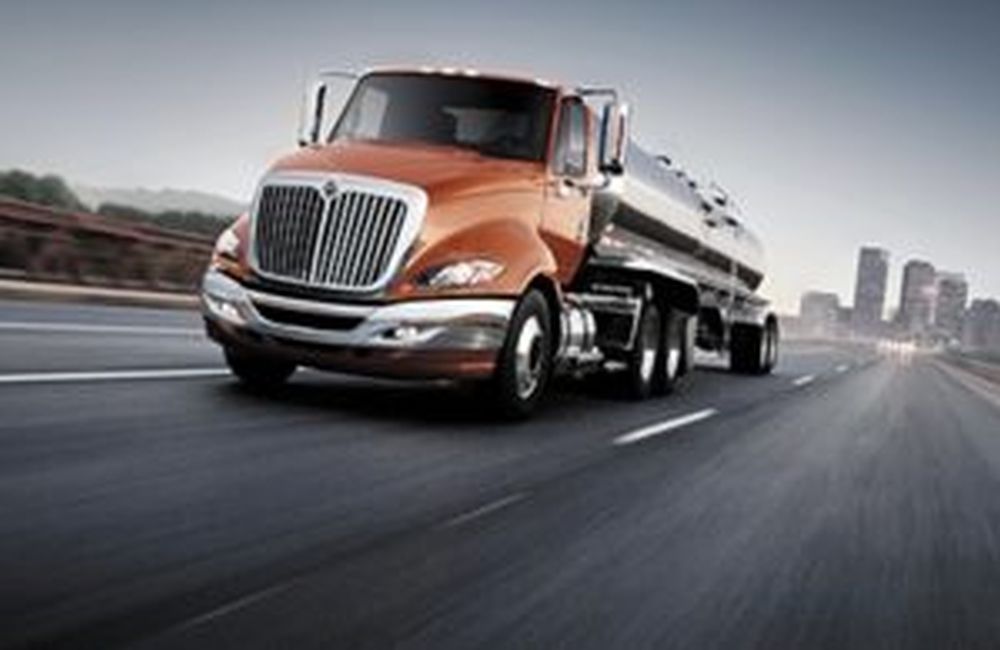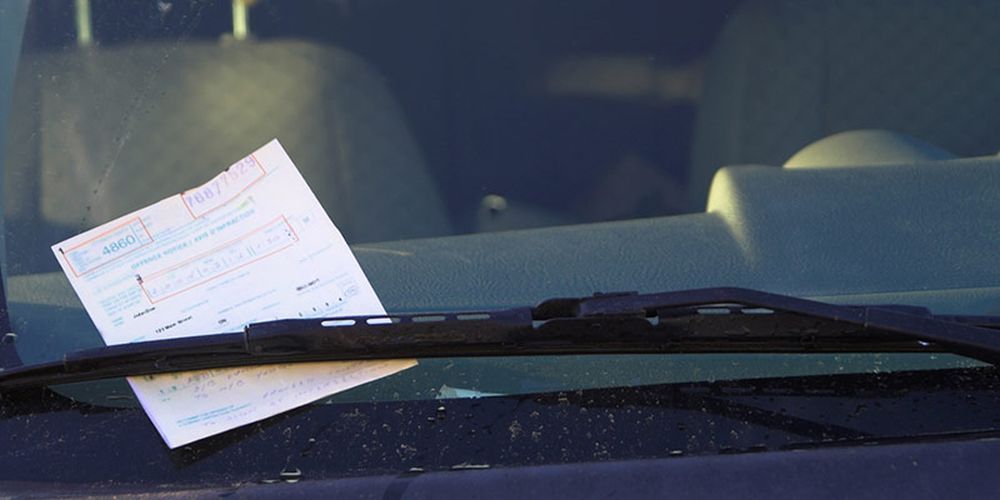Get the Protection You Need: Comparing Car Insurance Rates & Policies
When it comes to car insurance, most people understand the need to have it. After all, it’s a required legal expense, and driving without insurance is illegal. But understanding the technical details of various policies and determining which one is right for you can be difficult. Comparing car insurance rates and policies can help you make an informed decision that is best for your needs and budget.
It’s important to know what kind of protection is available when looking for car insurance. Liability coverage helps pay for any damage your vehicle causes while collision and comprehensive policies offer financial protection if you’re involved in an accident. Consider what type of coverage will suit your needs and budget, and make sure to compare different policies to get the best deals.
Get value for money when shopping around for a car insurance policy. Carefully read the fine print and ask your agent what each policy offers in coverage. That way, you can be sure you’re getting the protection you need without breaking the bank. Knowing what you’re paying for up front will help you make an informed decision.
Think about how much protection you need. Consider the possibility of an accident and determine whether the coverage offered by a policy is worth the cost. If you are truly looking for a policy that will give you peace of mind, you should look for one with adequate coverage.
Some companies only offer basic coverage, while others provide a higher degree of protection. Factors like age and driving history often influence the rates you receive, so remember to shop around for the best possible deal. Research helpful discount options, such as multi-car, safe driver and loyalty reductions that could save you money on your policy.
If you use a service to compare car insurance policies, make sure you include all the criteria you need in the comparison. Most services will compare rate quotes and allow you to customize coverage to meet your needs, but be sure to double check the coverage offerings before making a decision.
Don’t be afraid to ask questions. Have an experienced agent review your policy and provide more information if needed. Finding a reputable company and good coverage should be your top priority. Keep in mind that insurers will often have different offerings, so it’s best to get several quotes to compare.
It’s worth noting that car insurance companies change their rates and policies from time to time. Spend some time researching the options available to you to ensure you get the best policy for your situation. Make sure you understand your policy and always know your rights so you can protect yourself and your vehicle.
Now that you understand why it is important to compare car insurance rates and policies, let’s look at four extra topics to delve deeper into the subject.
Firstly, look at the importance of being aware of discounts available. Discounts exist to help those who are looking to save money and retain coverage. You can save money on your policy by taking advantage of discounts such as the paperless policy that is available online, multi-car, good student and military discounts, among others.
Secondly, consider how to best handle a car accident. Accidents are inevitable in life and even the best drivers can find themselves in a dilemma after an accident. From file a claim to how to handle a time consuming lawsuit, be sure to be aware of all the steps and basics of filing an insurance claim.
Thirdly, research how your car insurance is affected by DUI and other offenses. A DUI or reckless driving conviction can affect your ability to get all the protections you need. Many insurers will either deny you coverage, reject future claims or significantly raise the price of coverage. Any serious offense brings with it a degree of risk, and the cost of coverage can reflect that risk, so be sure to level with an insurance agent if you ever have any infractions or offenses.
Finally, it’s important to understand the various types of car insurance coverage. Car insurance has multiple parts that form a comprehensive coverage plan; liability, comprehensive, medical coverage, personal injury protection and collision are some of the basic types of coverage. You can get these and other forms of coverage as part of your car insurance plan depending on your needs and budget, so be sure to understand what kind of protection you need.
When it comes to car insurance, comparison-shopping and finding the best coverage for your budget is essential. Doing your homework and researching all the available car insurance options can ensure you have the protection you need, and save you money in the long run. Keep in mind that insurers will often have competing offers, so it may be in your best interest to shop around and compare policies. Make sure you understand your policy and always know your rights so you can protect yourself and your vehicle. Invest the time to pay attention and get the right coverage for your needs.










